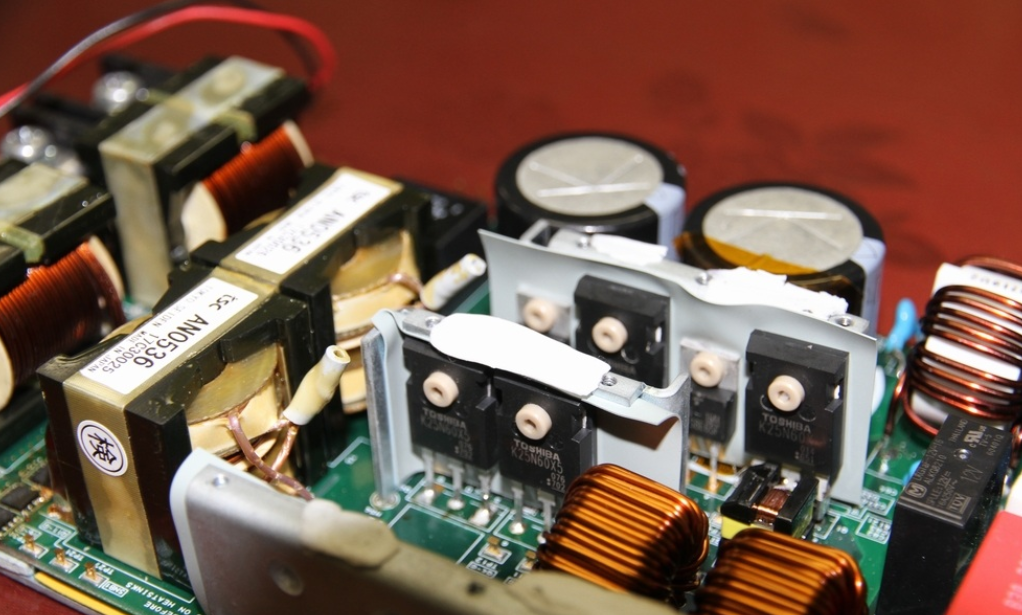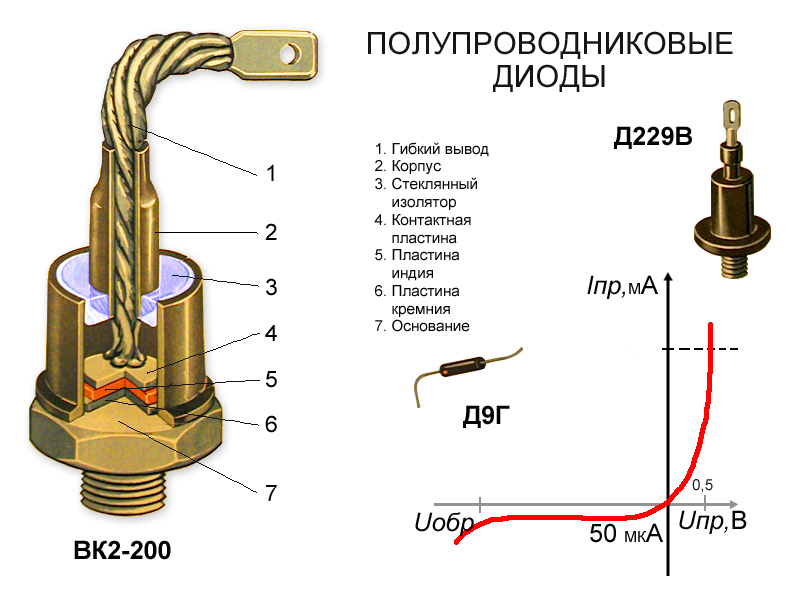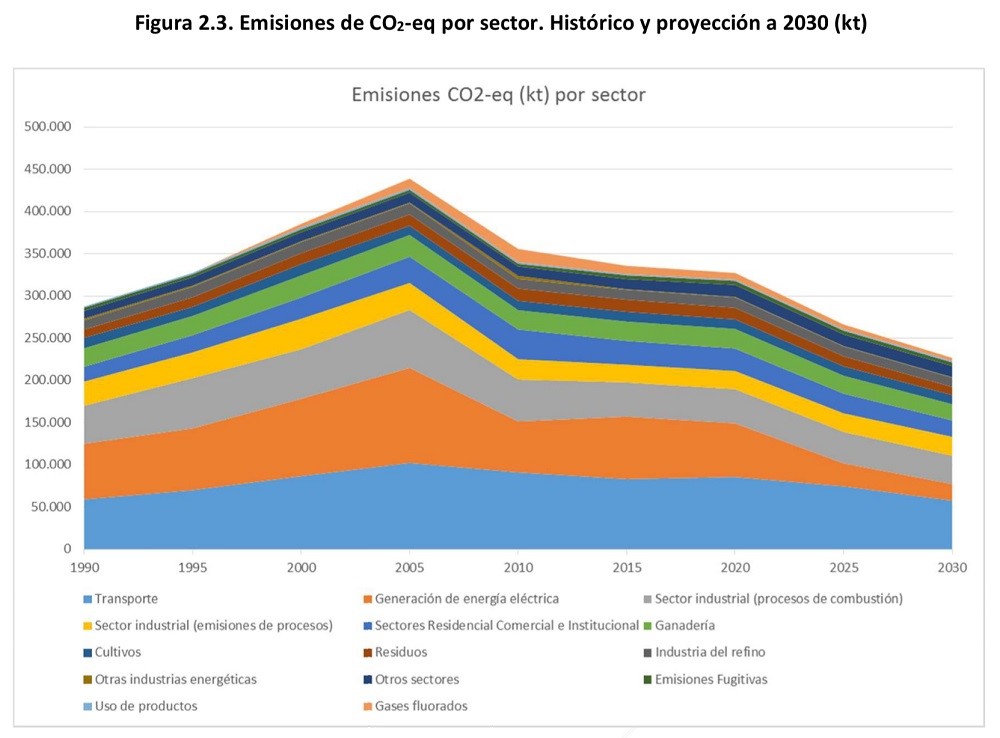Power semiconductors on guard environmental

In order to reduce CO2 emissions into the atmosphere, it is necessary to abandon the use of thermal power plants and switch to environmentally friendly energy. Such a transition cannot be done simultaneously, first you need to increase the efficiency of using the electricity already produced, to reduce its losses during transportation to the consumer and transformation into various forms. A key element for solving these problems is power electronics and power semiconductor devices.
Since energy solutions are one of the most important segments of our business, we consider it important to talk about how our work helps to make the world cleaner. In particular, power semiconductors, which we produce, can seriously save electricity and eventually abandon the construction of environmentally harmful power plants. Let's see what is the difference between power semiconductors and ordinary semiconductors and find out what their properties save electricity and reduce CO2 emissions.
Features of power semiconductor devices
If not to go deep into the theory, then power semiconductor devices are the same diodes, transistors and thyristors, modified taking into account the scope of their application. Unlike microelectronic devices, power semiconductors are used at currents of tens, hundreds and thousands of amperes, voltages of hundreds of megavolts. Such loads require specific design solutions to eliminate the breakdown of the pn junction.
')
For example, the basis of a powerful power diode is a thin plate of a single crystal of silicon, in which the pn junction is formed. To prevent the plate from cracking from heating, it is soldered with silver solder to thermo-compensating disks made of tungsten or molybdenum with a thickness of up to 3 mm. The resulting “sandwich” is placed in a sealed body of a pin or tablet construction.
 Pin diode construction. A source
Pin diode construction. A source The main element for the conversion of electricity of high power - tens of megavolts and above - high-voltage thyristor . Structurally, it consists of four layers of silicon with alternating conductivity, on the border of which three pn junctions are formed. The two extreme transitions are the anode and cathode, and the middle is the control.
The thyristor has two stable states: “open” (current passes) and “closed” (no current). The state changes under the influence of the voltage on the control electrode. Switching itself takes place very quickly, though not instantly. In alternating voltage circuits, the thyristor will pass only one half-wave - the upper one. When the lower half-wave arrives, it is reset to the “closed” state. This property of the thyristor is used in pulsed power units to convert sinusoids into pulses.
On the basis of thyristors, super-power converters are created in power transmission lines (power lines) of direct current, inserts of direct current between power systems, static compensators of reactive power in power lines of alternating current.

Device high-voltage thyristor. A source
The main consumers of electricity work with capacities below megavolt. The most common power element for this range is the Insulated Gate Bipolar Transistor, IGBT, bipolar field effect transistor . IGBT is a power integrated circuit from a variety of unit cells. Each cell consists of a high-voltage bipolar transistor with a field-effect transistor included in the control circuit. Advantages of IGBT - low power consumption in the control circuit for on and off and high speed.
MOSFETs , metal-oxide-semiconductor field effect transistor, MOSFET are used to build low-power converters. These devices are also made in the form of a power integrated circuit containing hundreds of thousands of transistor cells. The operating voltage for MOS circuits is usually less than 500 V, the operating current is up to hundreds of amperes.
Where and why semiconductor devices are used
Industrial Installations
Due to its economy, controllability and high efficiency, power semiconductor devices increase the efficiency of electricity conversion. Soft starters, uninterruptible power supplies, electric motors and various electrical installations consume less and work longer thanks to the use of power electronic components.
In devices containing an electric motor, more than half of the electricity consumed is spent on ensuring its rotation. Adjustable semiconductor frequency converter allows reducing electricity consumption by 30% without deterioration of other characteristics.
Electricity of the net
The use of semiconductor converters during transportation and distribution of electricity saves up to 25% of electricity. Thus, the widespread introduction of semiconductor power components makes it possible to abandon the construction of new power plants and get along with the capacities of those already operating.
Solar power
The electricity generated from solar panels must be converted for transmission to the electricity grid or for domestic use. The use of power semiconductor devices to control solar power plants increases their efficiency.
Electric transport
Electric vehicles use the energy stored in batteries. Thanks to the use of power electronics, energy is converted for the needs of various consumers in a car with minimal losses. A recovery technology allows you to put braking energy to recharge batteries and increase mileage.
Moreover, it is interesting that the rapid development of electric transport forced semiconductor device manufacturers to look for new, more energy-efficient materials to create new power components. According to analytical studies, the semiconductor industry is massively switching its power to using silicon carbide and gallium nitride instead of conventional silicon crystals.
The power elements made of new materials are much smaller than traditional silicon ones, which suggests that the power supply of the new generation will be 80-90% less. In addition, compounds using these materials have a 10 times higher specific power, operate at higher frequencies and in a larger temperature range, and the level of resistance in the open state and leakage currents are significantly lower than those of silicon counterparts.
Perspectives
Many governments are adopting programs to reduce carbon dioxide emissions. For example, the Spanish government plans to reduce CO2 emissions by 20% by 2030 and by 90% from the 1990 level by 2050. The role of the flagship to reduce emissions is assigned to the power industry, and the transformation of other industries is planned for later.

CO2 emission reduction plan by industry. Spain, 2019 A source
It is assumed that by 2030 the capacity of the national power industry should reach 157 GW. Of these, 50 GW will be provided by wind farms, and 37 GW - photovoltaic solar power plants, 27 GW - combined cycle power.
In addition, the package of laws suggests that from 2040 in Spain it will be possible to buy only cars with zero emissions.
Similar packages of laws have already been adopted or are in the process of being considered in the countries of the European Union. This means that in the coming decades we can expect a rapid growth in sales of power semiconductor devices, since without them the implementation of the planned measures to improve the environmental situation is simply impossible.
Source: https://habr.com/ru/post/447384/
All Articles